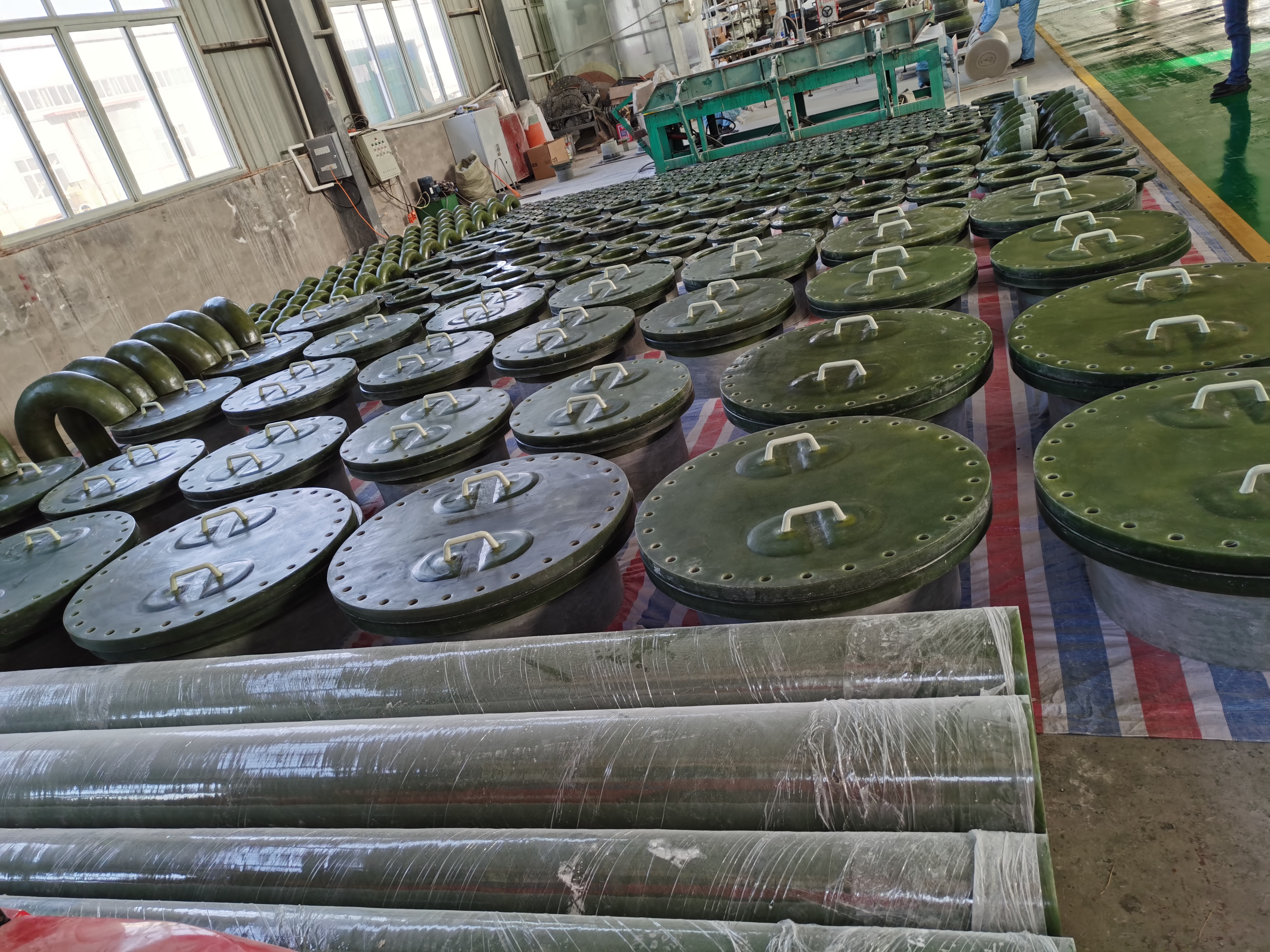
-
 Afrikaans
Afrikaans -
 Albanian
Albanian -
 Amharic
Amharic -
 Arabic
Arabic -
 Armenian
Armenian -
 Azerbaijani
Azerbaijani -
 Basque
Basque -
 Belarusian
Belarusian -
 Bengali
Bengali -
 Bosnian
Bosnian -
 Bulgarian
Bulgarian -
 Catalan
Catalan -
 Cebuano
Cebuano -
 China
China -
 China (Taiwan)
China (Taiwan) -
 Corsican
Corsican -
 Croatian
Croatian -
 Czech
Czech -
 Danish
Danish -
 Dutch
Dutch -
 English
English -
 Esperanto
Esperanto -
 Estonian
Estonian -
 Finnish
Finnish -
 French
French -
 Frisian
Frisian -
 Galician
Galician -
 Georgian
Georgian -
 German
German -
 Greek
Greek -
 Gujarati
Gujarati -
 Haitian Creole
Haitian Creole -
 hausa
hausa -
 hawaiian
hawaiian -
 Hebrew
Hebrew -
 Hindi
Hindi -
 Miao
Miao -
 Hungarian
Hungarian -
 Icelandic
Icelandic -
 igbo
igbo -
 Indonesian
Indonesian -
 irish
irish -
 Italian
Italian -
 Japanese
Japanese -
 Javanese
Javanese -
 Kannada
Kannada -
 kazakh
kazakh -
 Khmer
Khmer -
 Rwandese
Rwandese -
 Korean
Korean -
 Kurdish
Kurdish -
 Kyrgyz
Kyrgyz -
 Lao
Lao -
 Latin
Latin -
 Latvian
Latvian -
 Lithuanian
Lithuanian -
 Luxembourgish
Luxembourgish -
 Macedonian
Macedonian -
 Malgashi
Malgashi -
 Malay
Malay -
 Malayalam
Malayalam -
 Maltese
Maltese -
 Maori
Maori -
 Marathi
Marathi -
 Mongolian
Mongolian -
 Myanmar
Myanmar -
 Nepali
Nepali -
 Norwegian
Norwegian -
 Norwegian
Norwegian -
 Occitan
Occitan -
 Pashto
Pashto -
 Persian
Persian -
 Polish
Polish -
 Portuguese
Portuguese -
 Punjabi
Punjabi -
 Romanian
Romanian -
 Russian
Russian -
 Samoan
Samoan -
 Scottish Gaelic
Scottish Gaelic -
 Serbian
Serbian -
 Sesotho
Sesotho -
 Shona
Shona -
 Sindhi
Sindhi -
 Sinhala
Sinhala -
 Slovak
Slovak -
 Slovenian
Slovenian -
 Somali
Somali -
 Spanish
Spanish -
 Sundanese
Sundanese -
 Swahili
Swahili -
 Swedish
Swedish -
 Tagalog
Tagalog -
 Tajik
Tajik -
 Tamil
Tamil -
 Tatar
Tatar -
 Telugu
Telugu -
 Thai
Thai -
 Turkish
Turkish -
 Turkmen
Turkmen -
 Ukrainian
Ukrainian -
 Urdu
Urdu -
 Uighur
Uighur -
 Uzbek
Uzbek -
 Vietnamese
Vietnamese -
 Welsh
Welsh -
 Bantu
Bantu -
 Yiddish
Yiddish -
 Yoruba
Yoruba -
 Zulu
Zulu
frp weir
Understanding FRP Weirs Innovations in Water Management
In the quest for effective water management and environmental sustainability, the integration of advanced materials has become increasingly vital. One such innovation is the use of Fiber Reinforced Polymer (FRP) in the construction of weirs. FRP weirs are revolutionizing the way we manage water resources, offering numerous advantages over traditional materials such as concrete and steel. This article delves into the features, benefits, and applications of FRP weirs in modern water management.
What is an FRP Weir?
A weir is a barrier across a river or stream designed to alter its flow characteristics. It can be used for measuring water flow, controlling water levels, or directing water into irrigation systems. An FRP weir incorporates a composite material made from polymer resins reinforced with fibers (such as glass or carbon fibers). This material not only provides exceptional strength and durability but also significantly reduces the overall weight of the structure.
Advantages of FRP Weirs
1. Corrosion Resistance One of the most significant benefits of FRP materials is their resistance to corrosion. Unlike traditional materials which can degrade when exposed to harsh water conditions, FRP weirs maintain their integrity over time, even in acidic or saline environments. This longevity reduces maintenance needs and costs, making them a more economical option in the long run.
2. Lightweight Construction FRP materials are much lighter than concrete or steel. This attribute facilitates easier transportation and installation, particularly in remote or difficult-to-access locations. The reduced weight also lowers the need for heavy machinery during installation, thus minimizing the environmental footprint.
3. High Strength-to-Weight Ratio Despite their lightweight nature, FRP materials possess a high strength-to-weight ratio. This means that FRP weirs can withstand significant hydraulic pressures and environmental stresses, providing robust solutions for various water flow scenarios.
4. Design Flexibility The versatility of FRP materials allows for more creative and efficient designs. Engineers can customize the dimensions and shapes of FRP weirs to fit specific project requirements, optimizing flow characteristics and enhancing performance.
5. Resistance to UV Degradation FRP weirs are inherently resistant to ultraviolet light, which means they retain their structural integrity and appearance over time. This resistance extends the service life of the installation, making it a sustainable choice.
frp weir

6. Minimal Environmental Impact The use of FRP weirs can contribute to environmental preservation. Their lightweight design minimizes disruption to the surrounding ecosystem during installation, and their longevity means less frequent replacements are needed, reducing waste.
Applications of FRP Weirs
FRP weirs find applications across a variety of sectors. They are commonly used in
- Hydrological Studies In environments where accurate flow measurements are essential, FRP weirs can be engineered to include measurement devices that provide reliable data for hydrological research.
- Irrigation Systems In agricultural applications, FRP weirs can help manage water distribution effectively, ensuring that crops receive adequate water while minimizing waste.
- Flood Control By controlling the flow of water in rivers and streams, FRP weirs can play a critical role in flood management strategies, helping to prevent damage to infrastructure and ecosystems.
- Wastewater Treatment In waste management facilities, FRP weirs can be utilized to regulate the flow of effluents, ensuring that treatment processes are both efficient and effective.
Conclusion
The adoption of Fiber Reinforced Polymer in the design of weirs represents a significant advancement in water management technology. With their unique properties, FRP weirs present a sustainable alternative to traditional materials, combining strength and durability with lightweight design and resistance to corrosion. As the world continues to face challenges related to water scarcity and environmental degradation, innovative solutions like FRP weirs will be crucial for effective and sustainable water resource management. By investing in such advanced technologies, we can work towards a more resilient and sustainable future.









